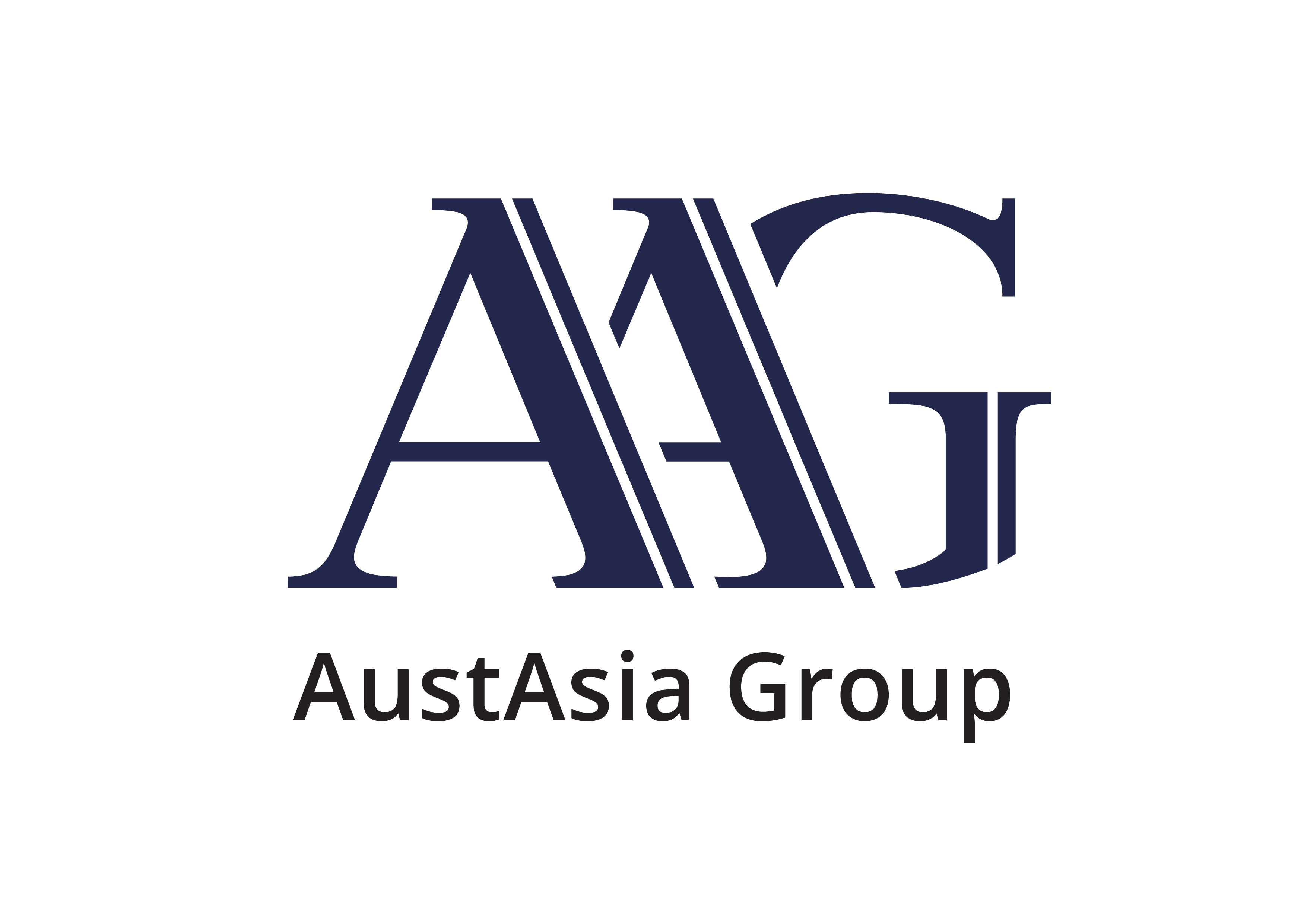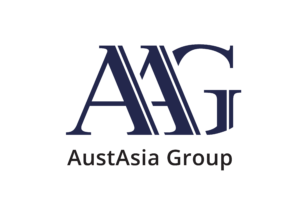This table summarises key differences between Self-Managed Superannuation Funds (SMSFs), private companies, and discretionary trusts in the context of the proposed Division 296 tax, which introduces a 15% tax on superannuation earnings (including unrealised gains) above $3 million. It is intended to support AAG advisers in discussions with clients considering alternative structures for managing and holding investments.

| Item | Self-Managed Super Fund (SMSF) | Private Company | Discretionary Trust |
| Income Tax Rate | 0%–30% (accounting for ECPI concession and Div 296, assuming gains are realised) | 30% (for passive investment companies) | Varies depending on the beneficiaries’ marginal tax rates |
| Discount on Capital Gains | 1/3 discount (plus ECPI concession if applicable) | Not available | 50% discount available (if distributed to qualifying individual beneficiaries) |
| Taxing of Unrealised Gains | Yes (under Division 296) | No | No |
| Double Tax on Gains | Yes (once at fund/member level and again when realised) | No | No |
| Multiple Layers of Taxation | Yes – fund and member levels | Yes – company and shareholder levels | No – taxed once at either the trustee or beneficiary level |
| Access to Funds | Restricted by age and condition of release | Less tax-effective, especially if retained in the company | Often tax-effective access via discretionary distributions |
| Compliance Burden & Rules | High – strict compliance, investment restrictions | Moderate | Moderate |
| Tax Trigger on Death | Often triggered (e.g. on death of surviving spouse, taxable component payable to adult children) | No | No |
For a more personalised look at your investment strategy, we encourage you to reach out to our knowledgeable, friendly advisers. Your first appointment is obligation-free and comes at no cost to you.
Further reading:
Current Super Tax Proposal – $3m Cap



